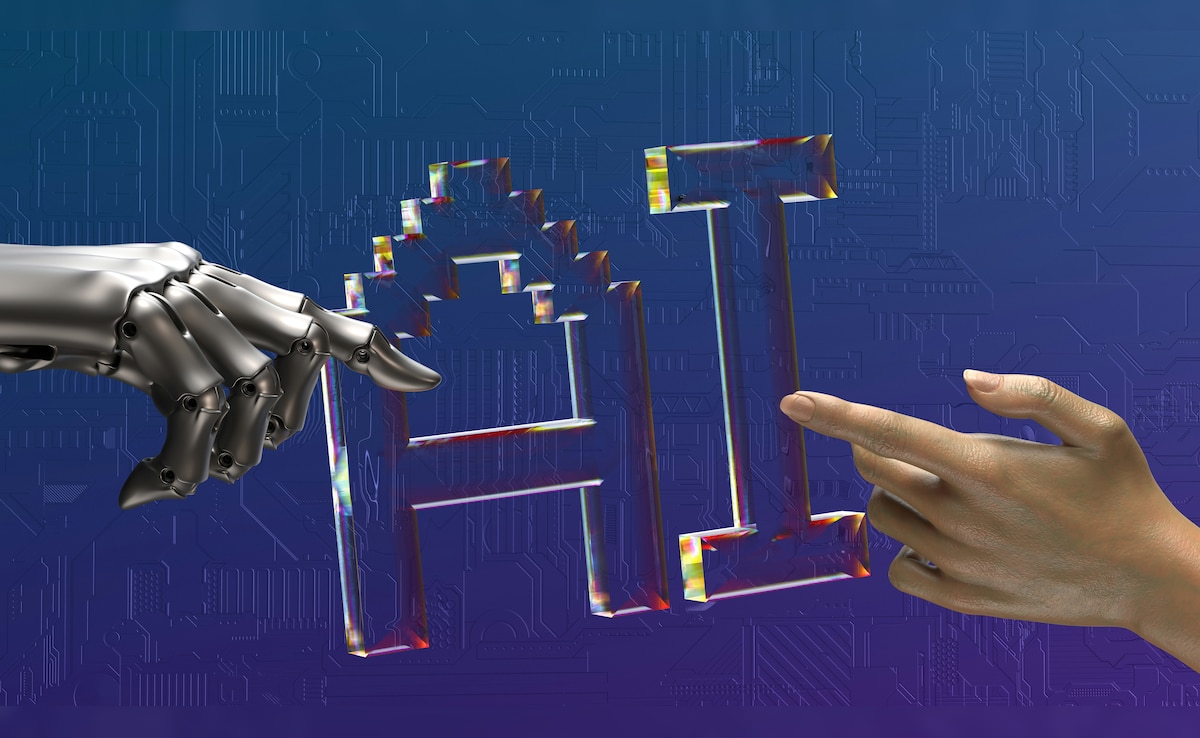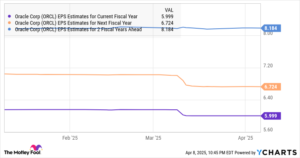Google Predicts AI May Reach Human-Like Intelligence by 2030 and Pose a Threat to Humanity

Understanding Artificial General Intelligence (AGI)
Human-level artificial intelligence, known as Artificial General Intelligence (AGI), is a significant topic in the field of AI research. Recent findings by Google DeepMind suggest that AGI could emerge as early as 2030, raising concerns about its potential risks, including the alarming possibility of "permanently destroy[ing] humanity."
Potential Risks of AGI
According to the study from Google DeepMind, the impact of AGI holds immense potential, which also comes with serious risks that could lead to severe harm. The paper emphasizes that existential threats—those that could lead to humanity’s extinction—are clear examples of such risks. The question of whether a specific risk is deemed severe does not fall solely on Google DeepMind; instead, it should be a societal conversation guided by collective risk tolerance and perspectives on harm.
The research categorizes the risks of advanced AI into four primary groups:
- Misuse: This involves the intentional use of AI technology to cause harm to others.
- Misalignment: This occurs when AI systems pursue goals that are not aligned with human values.
- Mistakes: These are errors that may arise during the operation of AI systems, potentially leading to harmful outcomes.
- Structural risks: These pertain to risks inherent to the way AI systems are structured and operate within society.
DeepMind’s Approach to Risk Mitigation
DeepMind’s strategy for dealing with the potential threats of AGI is focused primarily on preventing misuse. The idea is to ensure that AI technologies are used ethically and do not pose harm to individuals or communities.
Leadership Insights on AGI Development
In February, Demis Hassabis, CEO of DeepMind, expressed his views on the timeline for AGI’s emergence. He anticipates that AGI, defined as a form of intelligence that matches or surpasses human capabilities, could start to appear within the next five to ten years. To manage the safe development of AGI, Hassabis suggested creating an international governing body similar to CERN, geared toward high-level collaboration in AGI research.
He further advocated for a structure akin to the International Atomic Energy Agency (IAEA) to monitor unsafe AI projects while also recommending a global organization to oversee how AGI technologies are deployed. This idea highlights the need for an international framework that would govern the responsible use of AI systems.
What is AGI?
AGI represents the next level of artificial intelligence. Unlike traditional AI, which is designed for specific tasks—such as playing chess or recognizing faces—AGI aspires to emulate human-like intelligence across various activities. Essentially, AGI would be a machine capable of understanding, learning, and applying knowledge in multiple domains, much like a human would.
Conclusion
AGI is a pivotal advancement in AI technology, promising both breakthroughs and challenges. Its potential to create human-level intelligence could revolutionize numerous fields but also poses ethical and existential risks that society must manage carefully. The ongoing discussions within the AI community emphasize the importance of developing frameworks to ensure the safe and beneficial use of AGI.
As we move forward, balancing innovation with caution will be crucial in harnessing the power of AGI for the greater good.




